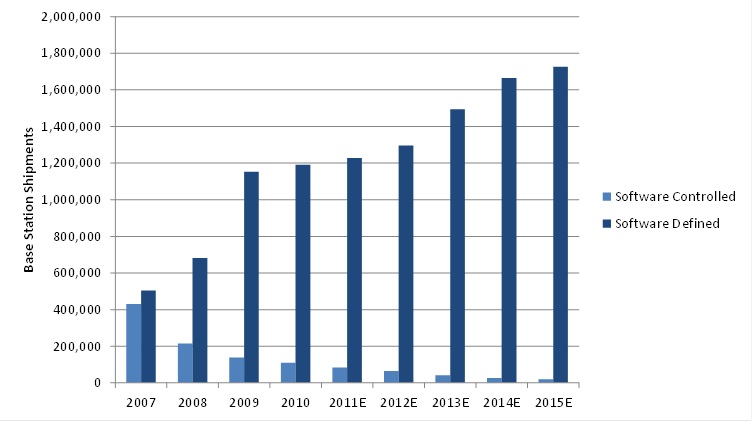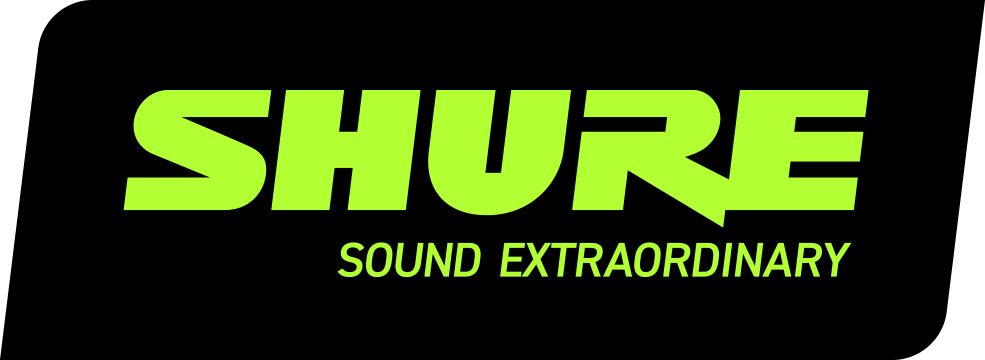- Home
- Knowledge Center
- Reports, Recommendations and Specifications
- Information Documents
- NEW! All About Spectrum Sharing Infographic
- Free Webinars
- Tech Talks
- Setting the Standard Video Blog
- NEW! Beyond the Radio Dial Video Blog
- Conference Proceedings
- Workshop Proceedings
- Springer Journals
- Market Studies
- What is the SCA?
- Issue Submissions
- Reference Implementations
- What is SDR?
- What are CR and DSA?
- About Us
- Events
- News
- Projects & Committees
- Members
- Join the Forum
Software Defined Radio - Rate of AdoptionThe Wireless Innovation Forum commissioned Mobile Experts LLC in 2011 to perform a market study evaluating the adoption of SDR technologies in various markets. The results of this study demonstrated that, in many markets, SDR has moved beyond the innovators and early adopters as defined by Geoffrey Moore in “Crossing the Chasm” into the early majority phase defining the mainstream market*. In this phase, adopters select a technology not because it is innovative or visionary but because it has been shown to successfully solve a problem within their specific market. Examples of SDR adoption illustrating the transition to the mainstream are abundant:
While these types of systems are often not marketed as “SDR’s”, they utilize and benefit from SDR technologies to solve market specific problems such as; cost of development, cost of production, cost of upgrades and maintenance, time to market in supporting new and evolving air interface standards, or problems associated with network interoperability.
* Geoffrey A. Moore, Crossing the Chasm (Revised Addition), Harper Collins Publishers, 2002
Other Pages in this section:
|



 In addition, the Wireless Innovation Forum’s market and technology studies have shown that cost effective radio frequency technologies supporting the operation of software defined radios over a broad spectral range have begun to mature, allowing for the first time the use of software defined radio as an enabling technology for dynamic spectrum access systems with cognitive or smart radio functionality. This trend is expected to continue over the next several years, allowing SDR to finally achieve the defined vision of reducing costs in providing end-users with access to ubiquitous wireless communications – enabling them to communicate with whomever they need, whenever they need to and in whatever manner is appropriate
In addition, the Wireless Innovation Forum’s market and technology studies have shown that cost effective radio frequency technologies supporting the operation of software defined radios over a broad spectral range have begun to mature, allowing for the first time the use of software defined radio as an enabling technology for dynamic spectrum access systems with cognitive or smart radio functionality. This trend is expected to continue over the next several years, allowing SDR to finally achieve the defined vision of reducing costs in providing end-users with access to ubiquitous wireless communications – enabling them to communicate with whomever they need, whenever they need to and in whatever manner is appropriate




